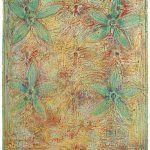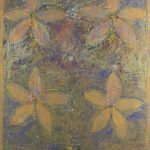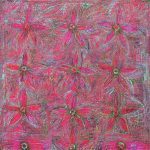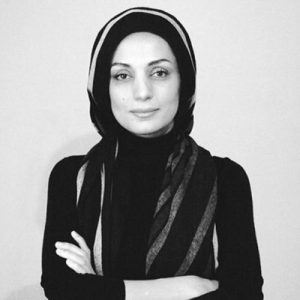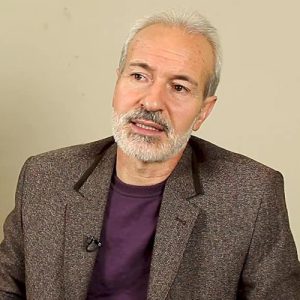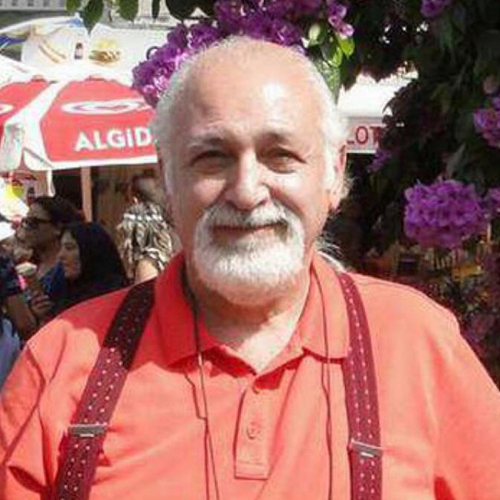
Homayoun Salimi is one of the modernist artists of Iran and is known for his abstract paintings. He has also been active in the Iranian university environment as an art teacher. Salimi entered Tabriz Fine Arts Conservatory in 1344. Five years after graduating, he traveled to France to study painting at the Paris Bazaar.After receiving his master’s degree in aesthetics and her doctorate in aesthetics from the Sorbonne University in 1991, she returned to Iran and began her educational activities as a member of the faculty of Tehran University of Arts.
The first solo exhibition of Salimi’s works was held at the Niavaran Cultural Center, and after that his works have been exhibited in the form of numerous solo and group works inside and outside Iran. The first period of Salimi’s paintings had an atmosphere close to painting, but gradually, under the influence of Iranian architectural features, it shifted to pure geometric abstraction. “The three principles, harmony, balance and simplicity in my view, are the ideal aesthetic elements that I try to achieve by seeking a completely free and liberated environment, and through this I reach peace.”
This harmony is created through the repetition of geometric rhythms, rhombic forms, stars, rectangles and squares, and the overall composition. His skill in the use of acrylic and his handling of this pigment prevent the dominance of the geometric basis of composition and give his paintings a dynamic and dynamic character. He skillfully uses textures from dyeing, dyeing, and dyeing, and allows for events resulting from dyeing.
Behnam Kamrani writes on the occasion of the exhibition of the private collection of Boom Gallery: “Role and texture play an essential role in the works of Homayoun Salimi] [. ». Mohsen Maleki has written about Salimi’s first solo exhibition:”At night, as we cross the streets, we suddenly come across windows that, with the special light that emanates from them, make us think of the peace and emotion that flows beyond them.”Salimi’s work reminds me of such moments.”
Homayoun Salimi’s first appearance in the auctions dates back to December 2016 (December 2016) to the sixth auction period in Tehran. By January 2021, his works had appeared in four domestic and foreign auctions, and 100% of his works had been sold at international auctions. His most expensive work until 2021 was hammered in a Tehran auction for $ 9476 on December 24, 2016.
 Argoon Art | Sell online in the simplest way possible
Argoon Art | Sell online in the simplest way possible
